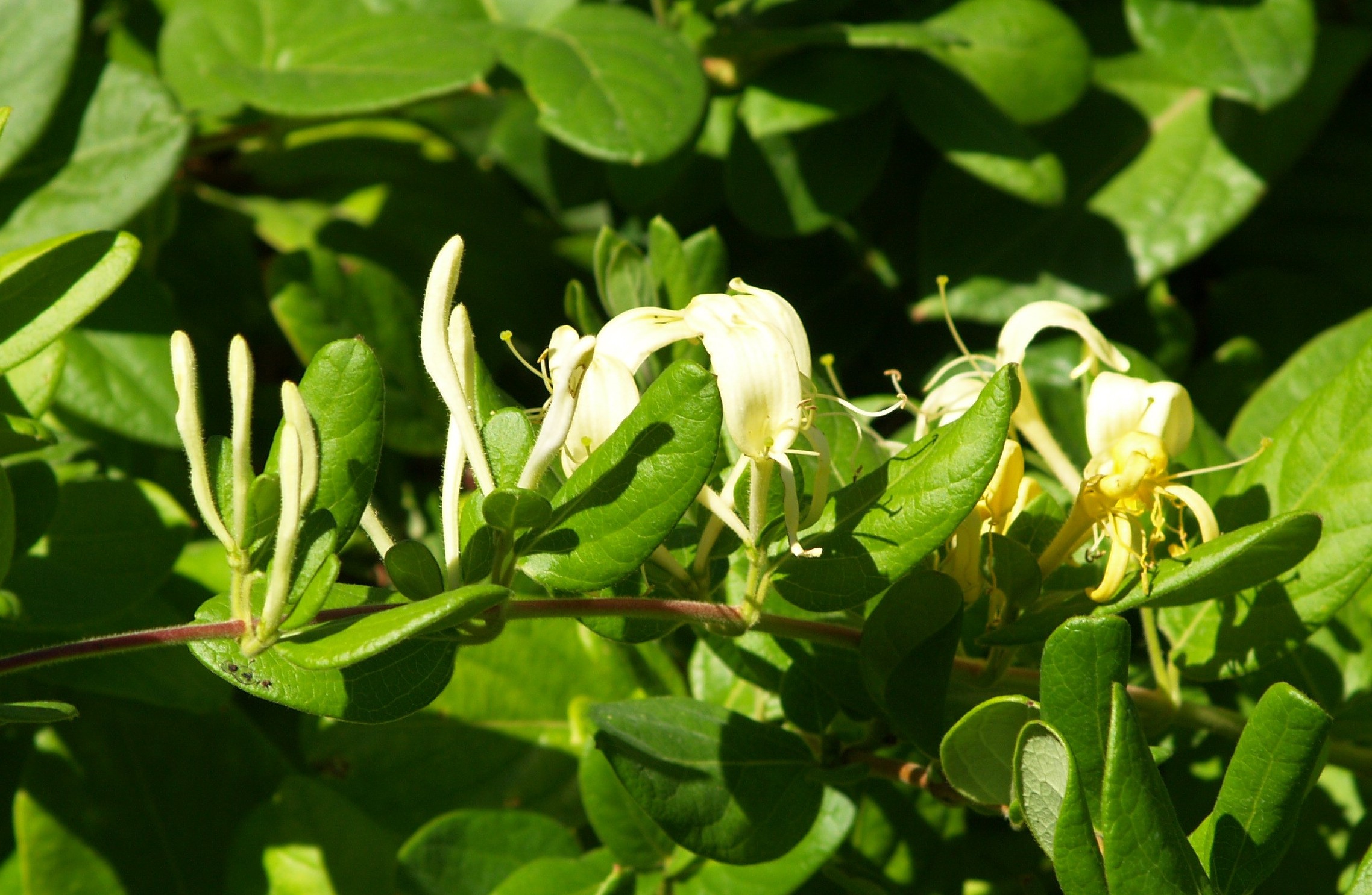
Japanese Honeysuckle
Lonicera japonica
Family and description
Member of the Caprifoliaceae family, from the genus Lonicera, the Japanese Honeysuckle is a woody vine of moderate growth that can reach a height of 2 m.
Its bell-shaped flowers grow in groups of 2 to 6 and bloom between April and August. Their intense and sweet fragrance attracts butterflies, ensuring pollination.
The fruit is a red berry.
Origin and habitat
Originating in China and Japan, it is very common in the Mediterranean regions.
There are three native species in Portugal: The Common honeysuckle (Lonicera periclymenum), Etruscan honeysuckle (Lonicera etrusca) and Minorca honeysuckle (Lonicera implexa). They are commonly found in Central and Southern regions, the Azores and in a smaller region in the Northeast of Trás-os-Montes, close to the Douro River. This honeysuckle prefers scrubland, forest edges, wasteland and low-lying mountains as its habitat.
Uses and curiosities
Numerous medicinal properties are attributed to the Japanese honeysuckle and it has been widely-used in phytotherapy, ever since ancient times. Ancient records refer to children sucking the tasty nectar out of its flowers (where their medicinal properties are concentrated).
The term Lonicera, was adapted to Latin by Carl Linné, as a tribute to the German doctor and botanist Adam Lonitzer.
The fruit is a red, toxic berry, that can cause vomiting and diarrhoea when ingested.
It should be grown in full sunlight, in fertile soil with good organic fertilization and watered occasionally. It tolerates cold weather and multiplies by cuttings.